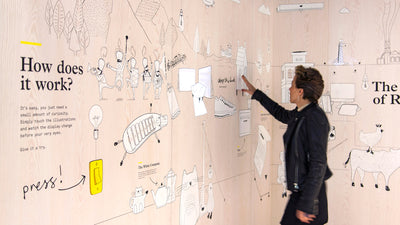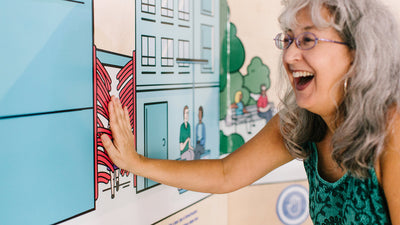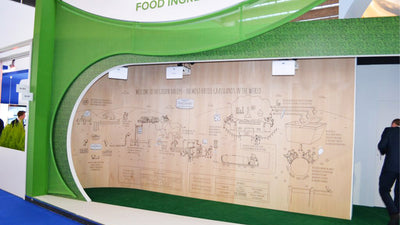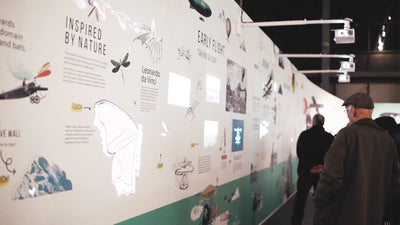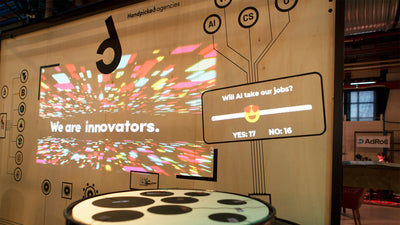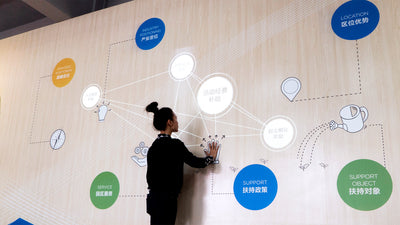Fortress Island - Behind the Interactive Walls of Jersey War Tunnels

The Jersey War Tunnels are quite unique. The visitor can explore over 1,000 meters of tunnels, dug over 50 meters underground by more than 5,000 slave labourers. They are a living memory of World War II and it can be quite an emotive experience for many visitors. The Jersey War Tunnels receive many visitors from around Europe, but it’s also important for locals to rediscover their past and for the younger generations to understand the significance of what their elders lived through.
Freedom Media is a full-service creative agency and exhibitions have not always been part of Freedom Media's portfolio, but Phil, their head of video production, had built a relationship with the team at the War Tunnels and they asked whether Freedom Media's team could apply their storytelling approach to create an exhibition, and they jumped at the chance.
The Jersey War Tunnels approached them to revamp their "Fortress Island" exhibition following the success of another exhibition Freedom Media produced for them in 2016. They asked them if they could produce something high-tech and interactive. This exhibition is all about bringing life to the story of how Hitler fortified Jersey during the World War II occupation. Most of the information they were provided was statistical, so they wanted to find a way to engage the audience without necessarily having to read a lot of text.
Behind the Build - Fortress Island at Jersey War Tunnels from Reel formerly Freedom Media on Vimeo.
Once deconstructed, their set up actually seems relatively simple. The Electric Paint sensors were applied using laser cut stencils, with a bit of hand painted touch-ups on some edges. Because of the humidity in the air, they actually had to bring in some heaters to dry the ink over a few days, as it didn’t set without them. They applied two coats of clear matt varnish (oil based - very important) on top to seal the paint in and prevent smudging.
They connected the paint through the wall to the Touch Board. Their Touch Board is connected via a USB extension cable a custom built computer, which is tucked away in a corner. They created artwork and animations using Adobe Illustrator and After Effects, with a sound design in Pro Tools. These assets are loaded into the software solution, Resolume, which takes the MIDI signals generated from the Touch Board and uses them to trigger the effects. They were running 3 short-throw projectors over the heads of the visitors, which are edge-blended to create the 5.5-meter canvas on the wall.
Their focus is always on finding the right story and then deciding the best way to communicate it. At Freedom Media, they have a really talented team of diverse thinkers who are always looking for new ways to engage audiences and try out different techniques. This technology hasn’t been used in Jersey before, so Phil was delighted to have been able to bring something new to the Island.
Images & Video: Reel
Do you want to find out how to create a projection mapping installation? Explore the Interactive Wall Kit and learn how to create a projection mapping installation.
We love it when you share your projects! Post your project on Instagram, YouTube, Vimeo, or Twitter, and make sure to tag @bareconductive or use #bareconductive. You can also send your videos and photos to info@bareconductive.com. Submit your project for a chance to be featured and you'll also receive 20% discount.


